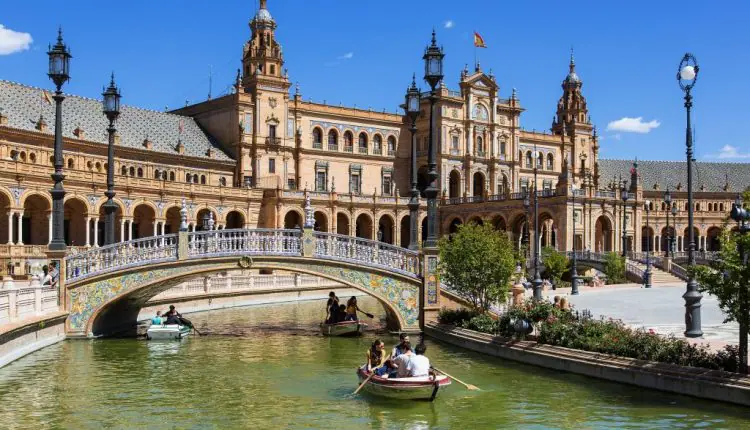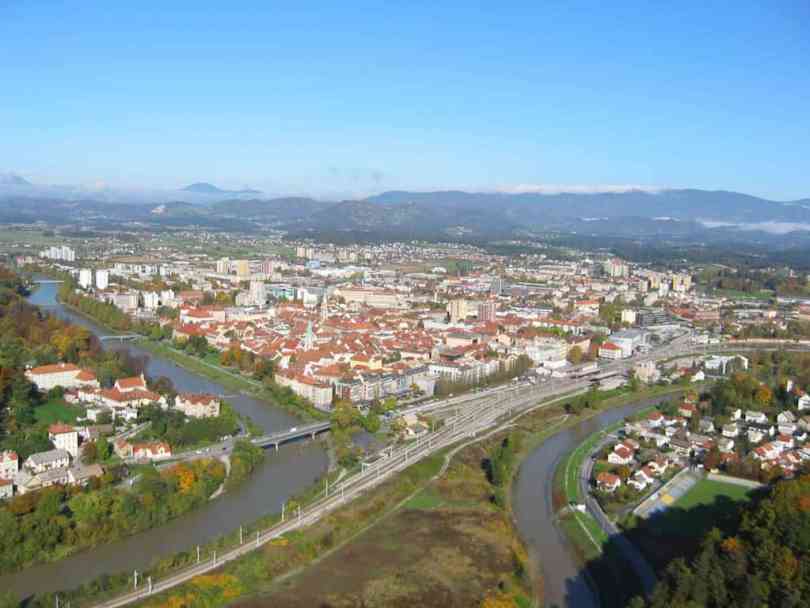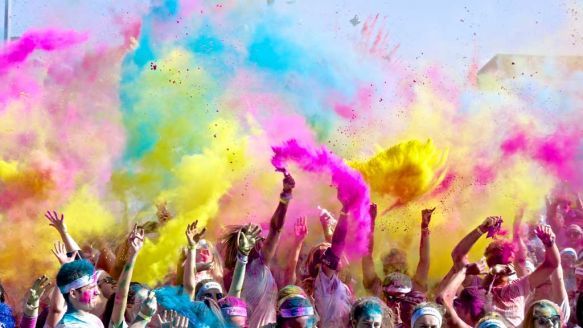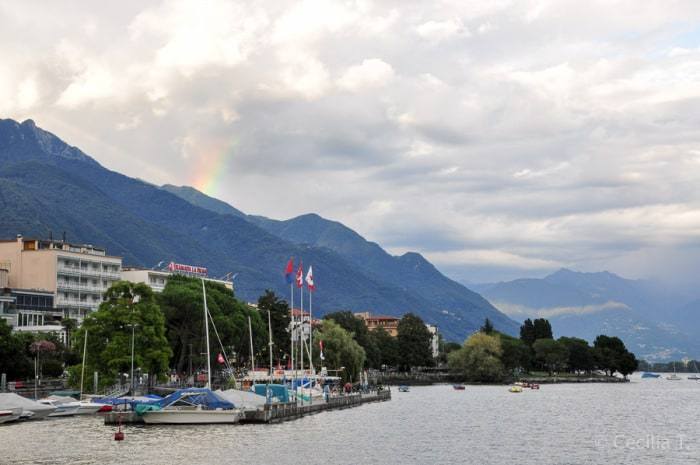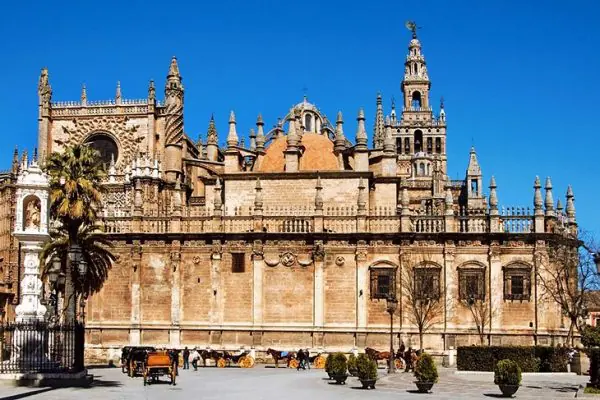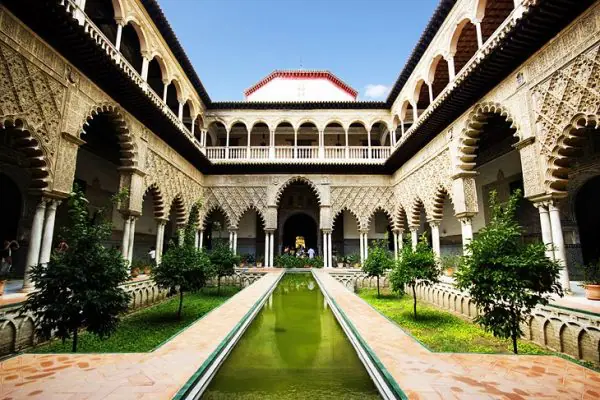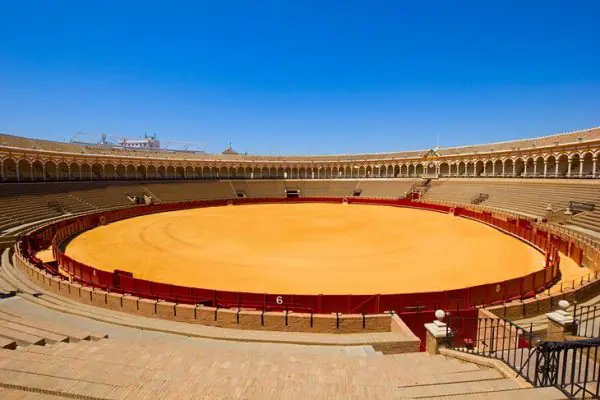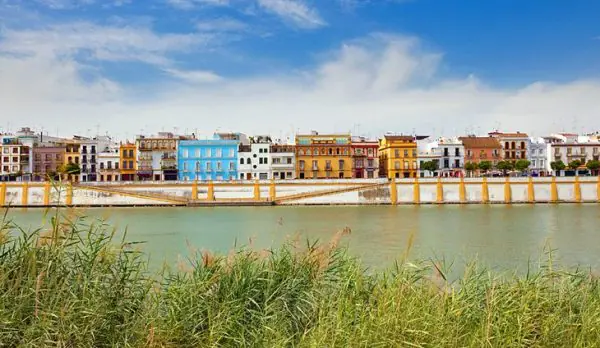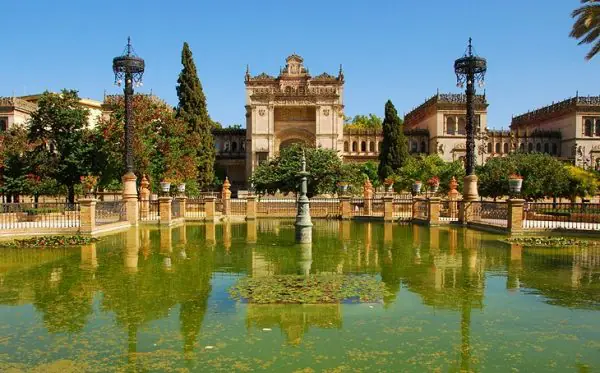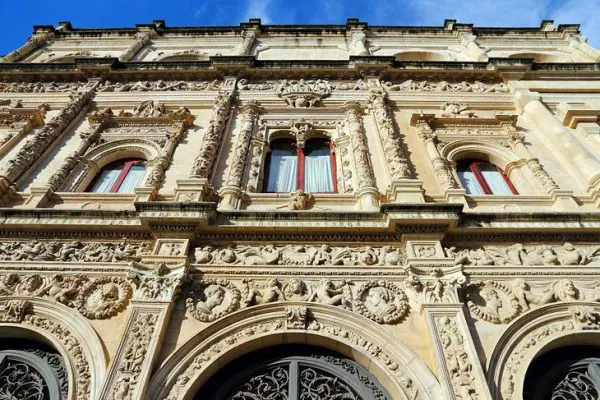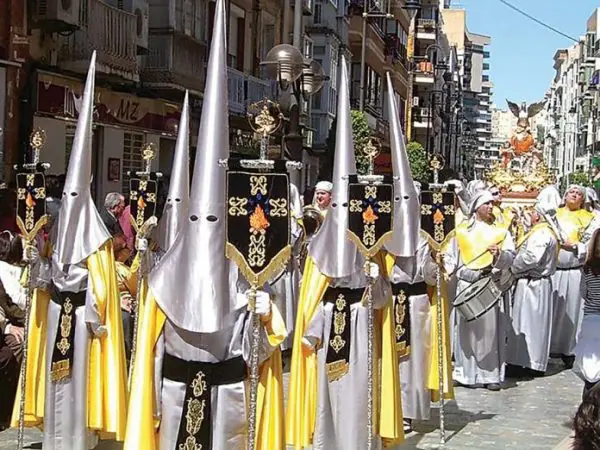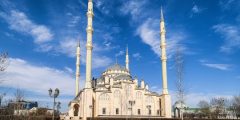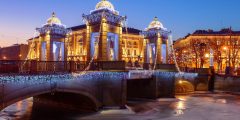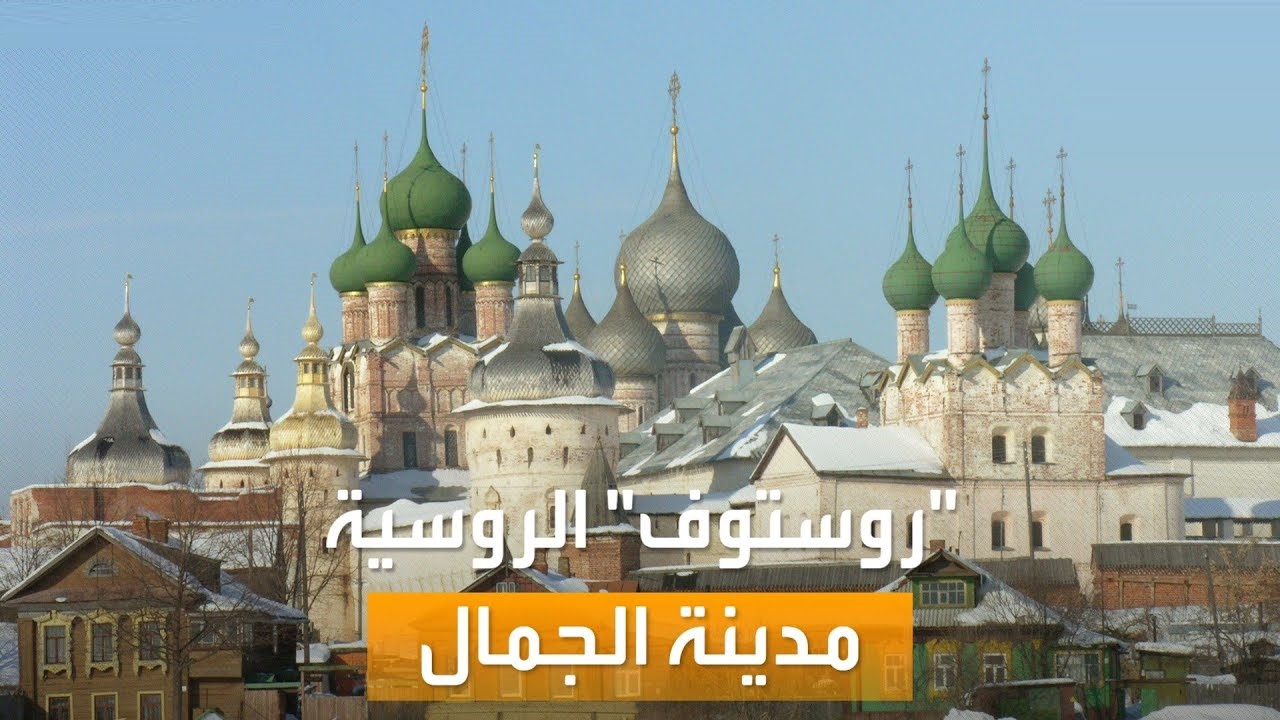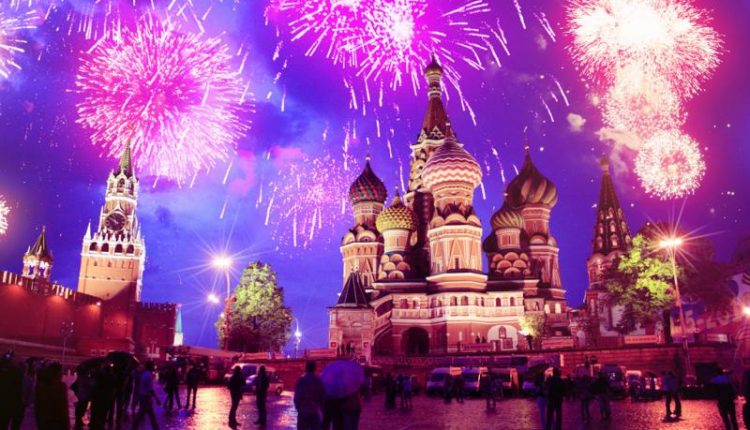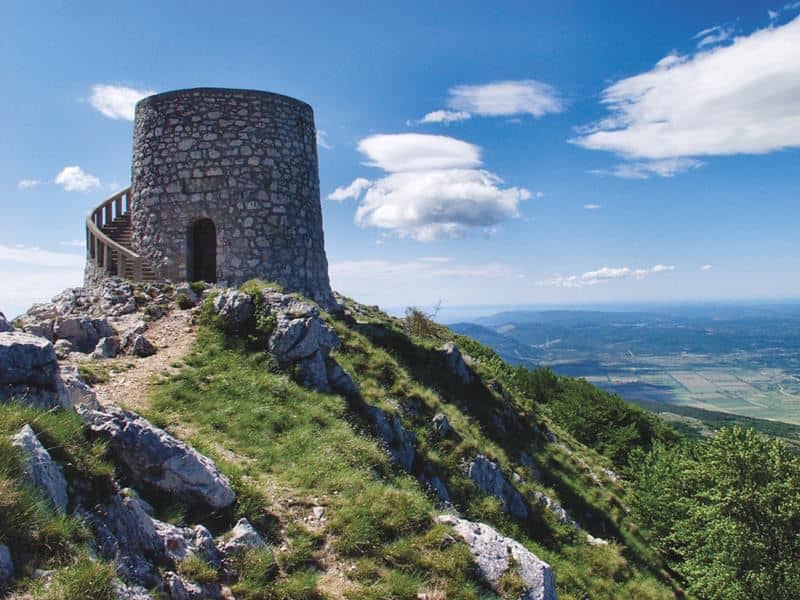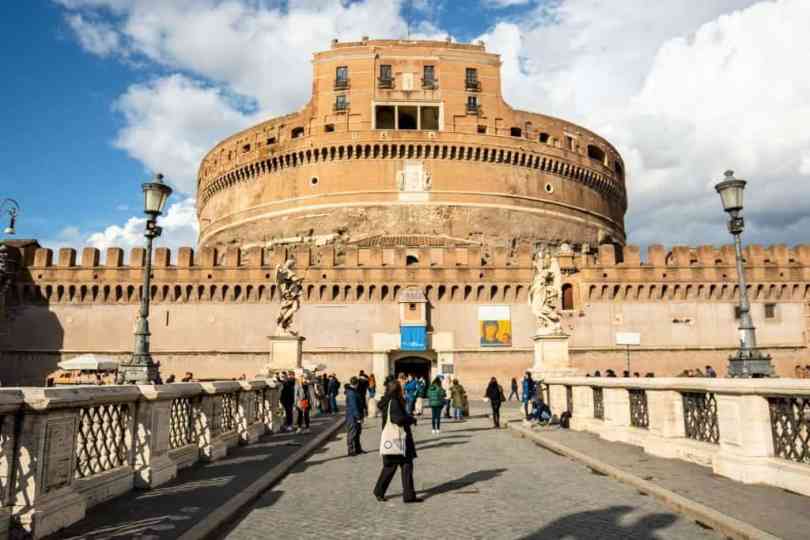The most important tourist attractions in Seville
Tourism in Seville symbolizes the antiquity of Spanish-Andalusian history, so a visitor cannot set foot in Spain and not visit the most important tourist attractions in Seville
From Gothic churches to gardens, old streets, ancient buildings, Ottoman mosques and minarets, and squares where different cultures from around the world meet, to watch flamenco shows and large festivals, here are the most important tourist attractions in Seville
The most important tourist attractions in Seville
1. Catedral de Sevilla, Seville
Seville Cathedral is the largest Gothic cathedral and the largest ecclesiastical symbol for Christians. It is an impressive huge building and houses a large collection of sculptures, paintings and heritage artwork. This church building was built between 1402 and 1506 on the ruins of a mosque that was built in the Islamic era, and it has been included in the list of UNESCO World Heritage Sites. The Giralda Tower was originally the minaret of the mosque built by the Almohad rulers of Morocco in the 93th century. This tower is XNUMX meters higher than the cathedral, and is still the most recognizable emblem of Seville.
Address: Seville Cathedral, Victory Square, Constitution Avenue, Seville
Read also:Tourism in the village of Thun, Switzerland, and the most important tourist places there
2. Real Alcazar
A palace built in the Moroccan style of the Moroccan rulers in the Andalusian style, and it has large gardens and many green spaces, and some fountains. The palace is distinguished by its ornate arches, and some Christian symbols have been added to it to make it belong to Western civilization.
3. The bullring in Seville
It is a bullfighting arena that was dedicated to kings in the seventeenth century, and is still to this day in which bullfighting rounds are displayed in the presence of the public, and it contains a museum of the history of bullfighting, which contains pictures displaying the arts, history and laws of the game
Address: Museo del Belle Flamenco, 3 Calle de Manuel Rojas Marcos, Seville
4. Barrio de Triana
The Triana neighborhood is close to the Mercado de Triana, which is a vibrant market place and also close to the Puente de Isabel Bridge. It includes food stalls and restaurants serving traditional food and upscale cafes, and it has places that display Andalusian flamenco art and gift and souvenir shops, and it is considered a wonderful inheritance from the Andalusian Kingdom in Spain.
Read also:Information about Lagavlslug ponds
5. Archeological Museum of Sevilla
The Archaeological Museum of Seville is located within María Luisa Park and occupies a neo-Renaissance wing built for the Latin American Exposition of 1929. The collection begins with the beginning of the Paleolithic period; It continues with Phoenician, Greek and Roman ruins; And ending with Moroccan antiquities from the Middle Ages, the ground floor displays artifacts discovered at the archaeological site of Iatlica
Address: Plaza de América, Seville
6. City Hall Palacio de la Condesa de Lebrija
A hall designed in the Gothic style, and its construction dates back to the fifteenth century, and it contains drawings that simulate stories and legends as well as the emblems of the founders. The building was renovated in the nineteenth century with a new classic main facade overlooking the Plaza Nevio. There is a small corridor connecting the town hall building with the adjacent Franciscan monastery.
Address 1 Plaza Nueva Sevilla
7. Semana Santa de Sevilla Holy Week Museum
Read also:Denmark's strangest festivalsThe Semana Santa celebration in Seville is one of the most exciting festivals in Spain. Following centuries-old traditions, Christian Catholics (coderías and hermandades) from different districts of the city take part in close processions, the main procession being on Good Friday eve and Good Friday morning, and the festivities that take place in the cathedral during Holy Week are particularly splendid.
